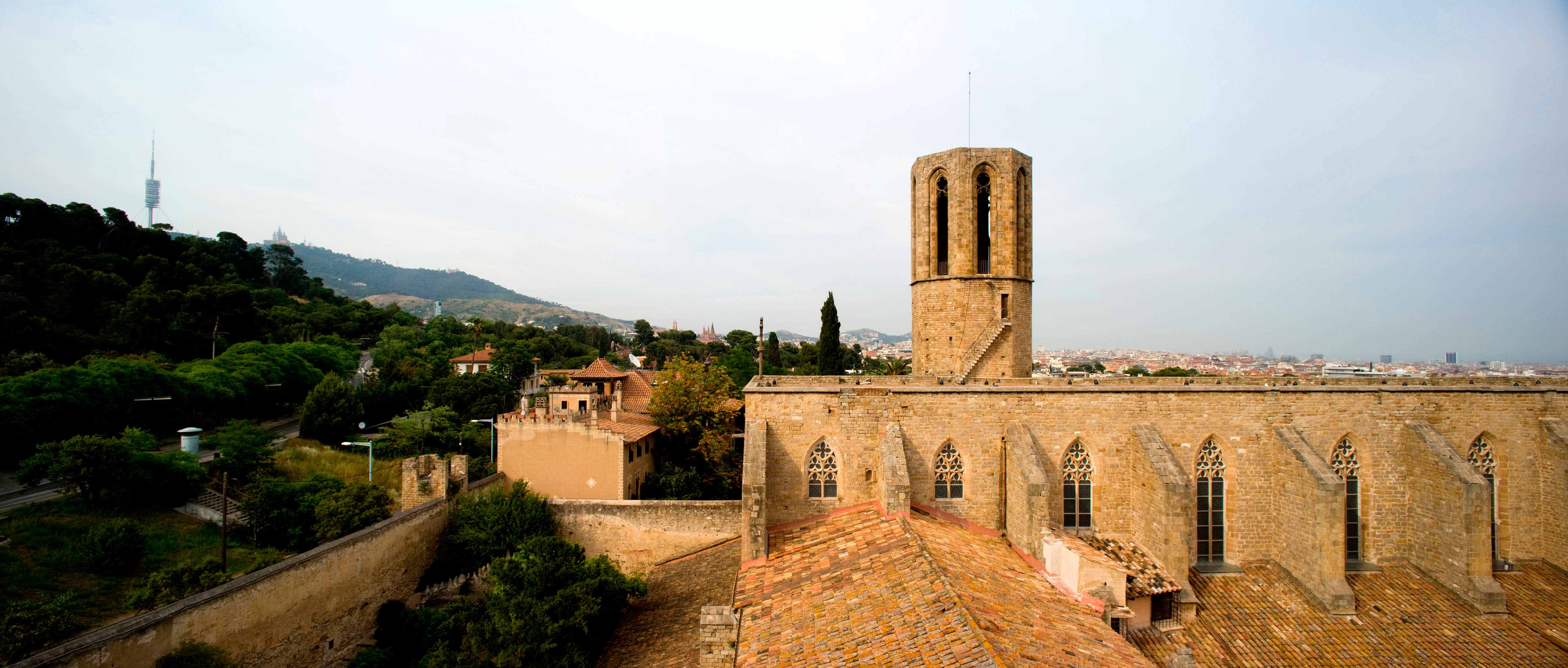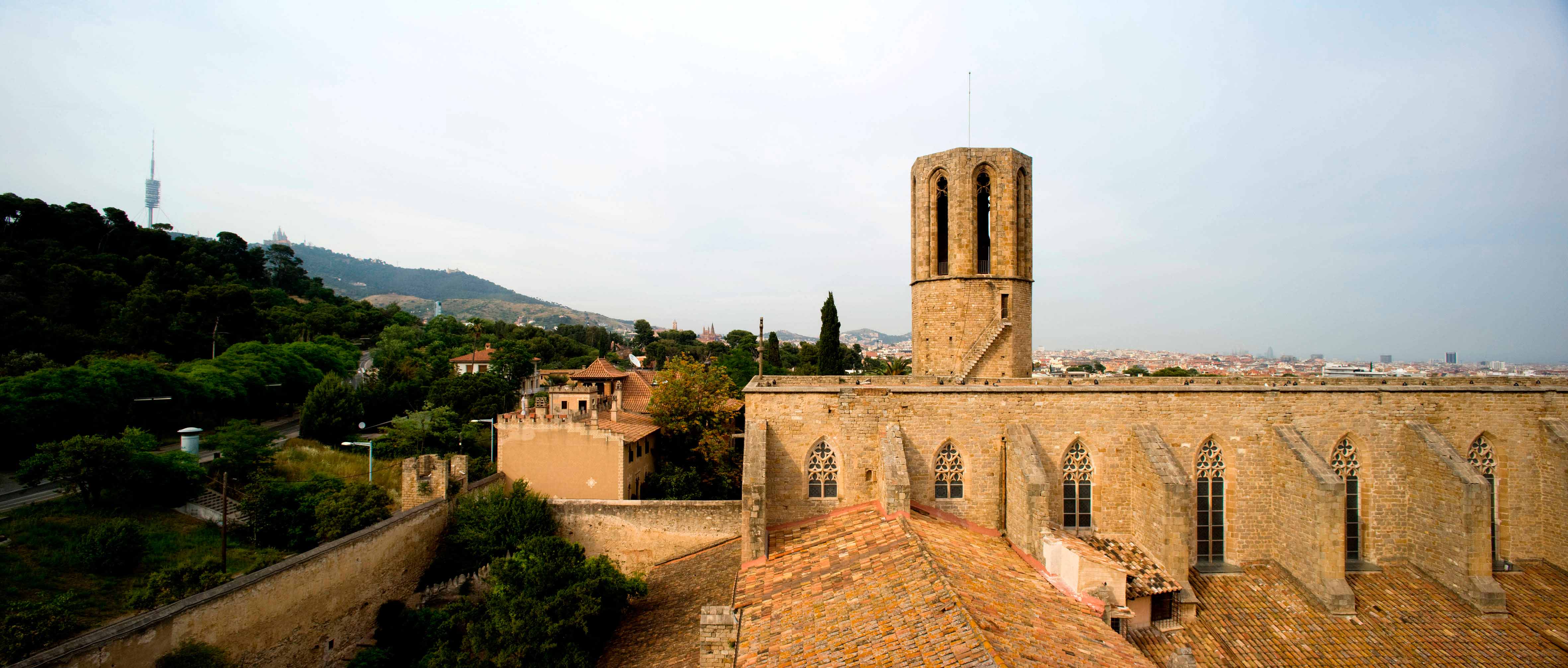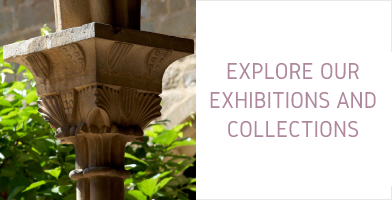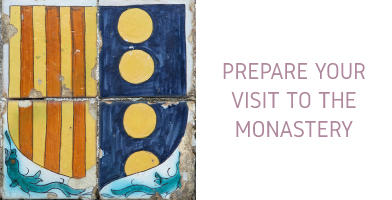The church
On 26 March 1326 the monarchs laid the first stone of the church apse, which was consecrated a year later on 3 May 1327 in a high mass presided over by the king and queen, accompanied by the most prominent nobles in the country. The church possesses a very consistent architectural style owing to the speed with which it was built. It displays the specific features of Catalan Gothic, great simplicity and grandeur, but also the characteristics of the mendicant architecture of southern Europe.
The building consists of a single nave with side chapels inserted between buttresses and has a rib-vaulted ceiling. The seven sections of the nave are topped with keystones depicting the joys of the Virgin, with the coronation and the royal coat of arms in the presbytery, and at the opposite end, a representation of the risen Christ showing the stigmata. The typically Catalan Gothic floor layout displays great formal unity and is notable for the three surviving choirs: the choir loft, the lower choir and the central monks’ choir. The choir loft was used by the cloistered nuns and communicates with the dormitory through the Room of the Angel. The lower choir, also reserved for the nuns and separated by a wall and a railing from the church, is still used for daily prayer. The stone choir with pinewood seats in the middle of the church is the one built for the monks who provided the sung accompaniment to the masses.

Queen Elisenda set aside a sum of money so that a chapel could be assigned to each chaplain who had been granted a benefice. The admission of a beneficiary supposed the creation of an altar and dedication to a saint. These chaplains said mass in the chapel, administered the donations and were responsible for the liturgical objects.
The presbytery houses the sepulchre of Queen Elisenda, dressed in royal attire. The chapels accommodate the sepulchres of members of other noble families, such as Elionor de Pinós i Montcada and Constança de Cardona. Other famous people are buried there, such as Count Eusebi Güell.
In the late 19th century, extensive repairs were carried out on the church by the architect Joan Martorell. In keeping with the principles of restoration of the time, he had the walls polished, possibly destroying the remains of the original paintings.
- Presentation 1
-
History
2
-
The Space
3










